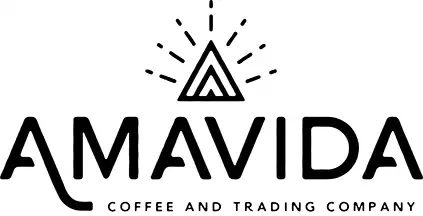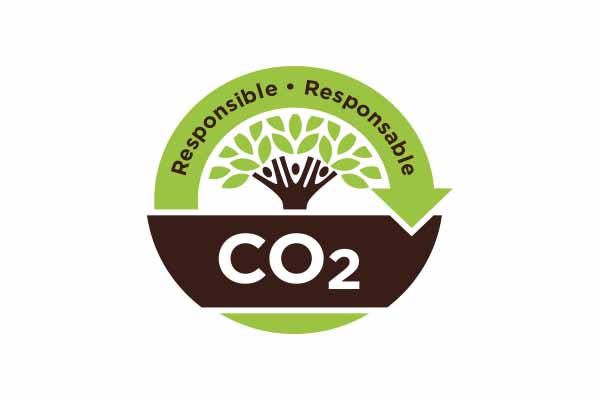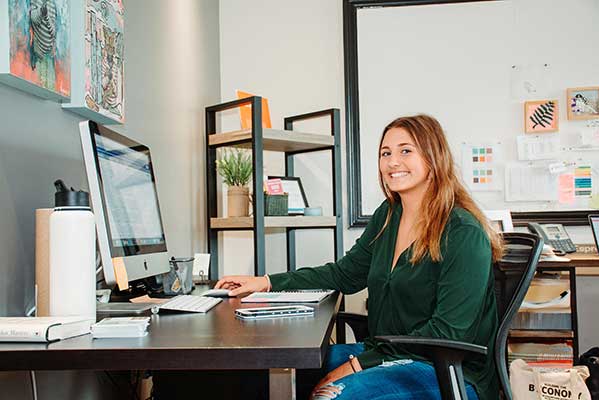Everyone’s lifestyle affects our environment. The way you go about your day affects CO2 levels in our atmosphere which contributes to climate change. After calculating our carbon footprint, we decided to set a goal to become carbon neutral.
But what does it mean to be carbon neutral? Allow me to explain carbon neutrality, what we did to achieve it and how you can be carbon neutral too.
What is Carbon Neutrality?
So, the term carbon neutral describes when an organization, businesse or individual decides to take action and offset their carbon footprint. To be specific, their goal is to remove as many carbon emissions from the atmosphere as they put in to it.
Off-setting carbon emissions can include buying offsets or investing in projects that help restore the environment. For example, supporting reforestation efforts or using clean energy.
Your carbon footprint is the amount of greenhouse gases—including carbon dioxide and other gases—that you produce during your life. The average American produces about 19.78 metric tonnes (21.8 tons) of CO2 emissions each year. To put that into perspective, that’s about 864 bags of trash or 6.9 tons of landfilled waste.
Overall, TONS of carbon emissions are added into the atmosphere from people every single day. So off-setting emissions and taking steps to reducing your impact is important for our environment!
How did we become Carbon Neutral?
Before we can offset our carbon emissions, we have to know how much carbon we produce (our carbon footprint). We started measuring part of our carbon output 2 years ago via cooperative coffees and takingroot.org. Since we are a company that is an importer, roaster, wholesaler, and retailer there are a lot of emissions to account for!
So, we used a calculator that allowed us to measure our CO2 created from employee travel, coffee imports, retail exports, and energy use. We even measured impact of incoming local deliveries. These include newspapers, bakery items, and other products. We wanted to make sure we took as much as we could into account.
Ultimately, we wanted to make sure where we invested in a carbon offset project where we could see our impact. There are many different carbon offset projects on the internet you find. Here at Amavida we wanted to make sure that we can trust our offsets were going to projects that impacted coffee producers. So we partnered with Taking Root to invest in projects that go directly toward improving the lives of coffee growing communities.[/vc_column_text][vc_video link=”https://youtu.be/HFON9QPVA5E”][vc_column_text]
What can you do to be Carbon Neutral?
Want to know how you can reduce your carbon footprint? Some ways you can reduce your carbon footprint include shopping locally, cutting down on travel, and buying food with less packaging. It can even be as simple as shortening your shower by 60 seconds or turning your lights off when you leave the room.
The first step of becoming carbon responsible is to be more aware of how your actions affect the environment. You can measure your individual carbon footprint and then take steps to reduce or offset your carbon footprint.
In the end, we are always looking for ways to improve our environmental impact and we’d love to hear from you. What are some ways you have found reduce your carbon footprint? Let us know.



